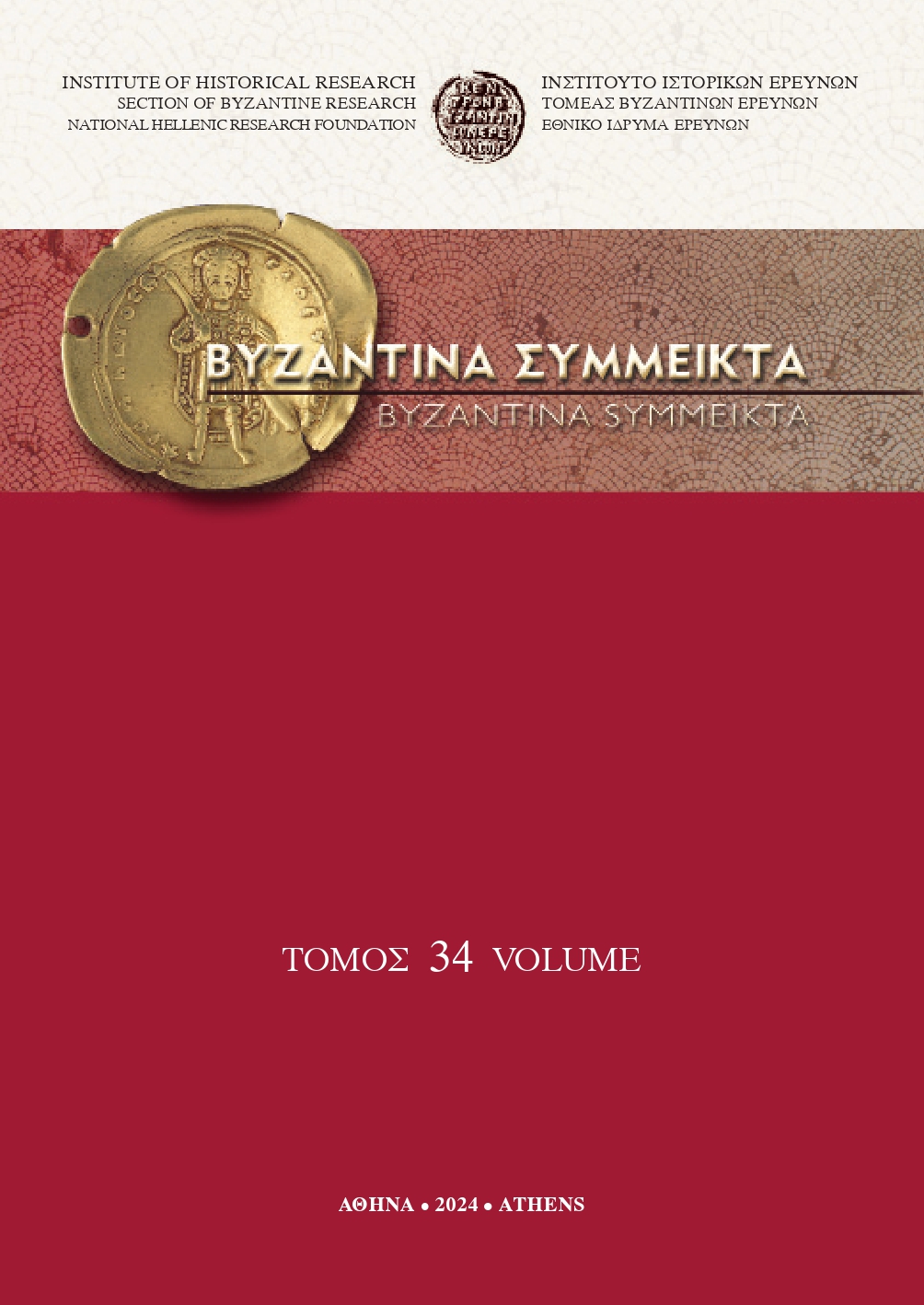The Thervingian Gothic Uprising and the Obscure Battle of Marcianople (Early AD 377): Research Problems and Basic Observations
Abstract
The article points out and comments on some research questions regarding the opening stages of the AD 377–382 (not 376-382, as it is usually claimed) Gothic War, namely the Gothic entrance and subsequent revolt in Late Roman Thrace, as well as the so-called Battle of Marcianople that followed immediately after. Although this latter conflict has not been the subject of a specialized study until now, in our opinion, it bears significant historical importance for a variety of reasons: first, it was the first major armed conflict won by irregular Gothic warriors against the regular Roman army in decades; moreover, it led to the destruction of the Roman army of Thrace by the Thervingi Goths; finally, it constituted the prelude to the so-called “great disaster” or alternatively the “lamentable war”, namely the momentous Battle of Adrianople in August AD 378, with far-reaching implications for the integrity and fate of the Late Roman Empire.
Article Details
- How to Cite
-
LEVENIOTIS, G., & KALAFIKIS, G. (2024). The Thervingian Gothic Uprising and the Obscure Battle of Marcianople (Early AD 377):: Research Problems and Basic Observations. Byzantina Symmeikta, 34, 351–389. https://doi.org/10.12681/byzsym.36608
- Issue
- BYZANTINA SYMMEIKTA 34
- Section
- Articles

This work is licensed under a Creative Commons Attribution-NonCommercial-ShareAlike 4.0 International License.
Copyright: The copyright for articles in this journal is retained by the author(s), with first publication rights granted to the journal. By virtue of their appearance in this open access journal, articles are free to use (with the exception of the non-granted right to make derivative works) with proper attribution for non-commercial uses (licence Creative Commons 4.0). NHRF retains the worldwide right to reproduce, display, distribute, and use articles published in BYZANTINA SYMMEIKTA in all formats and media, either separately or as part of collective works for the full term of copyright. This includes but is not limited to the right to publish articles in an issue of the Journal, copy and distribute individual reprints of the articles, authorize reproduction of articles in their entirety in another NHRF publication, and authorize reproduction and distribution of articles or abstracts thereof by means of computerized retrieval systems.



